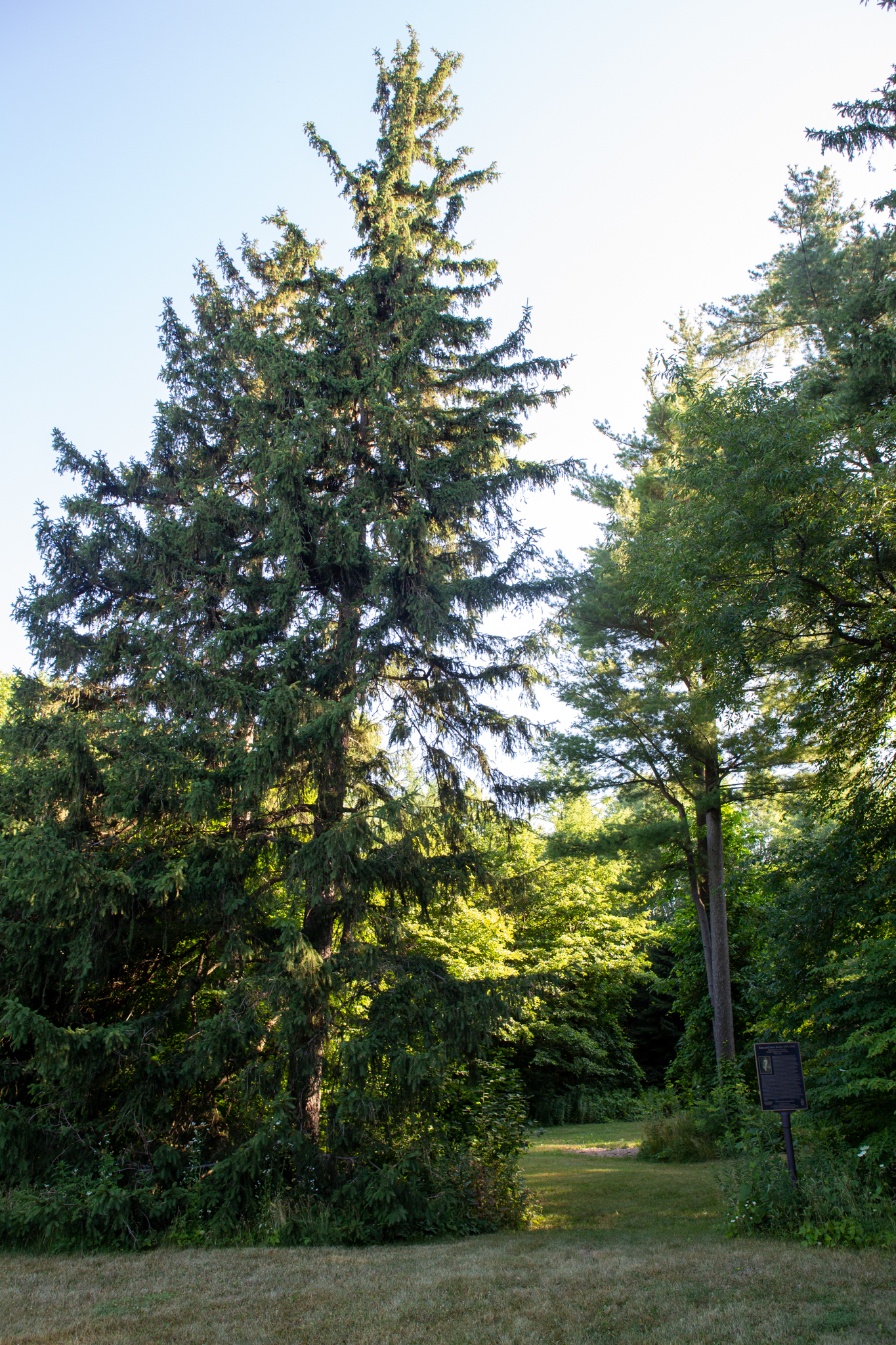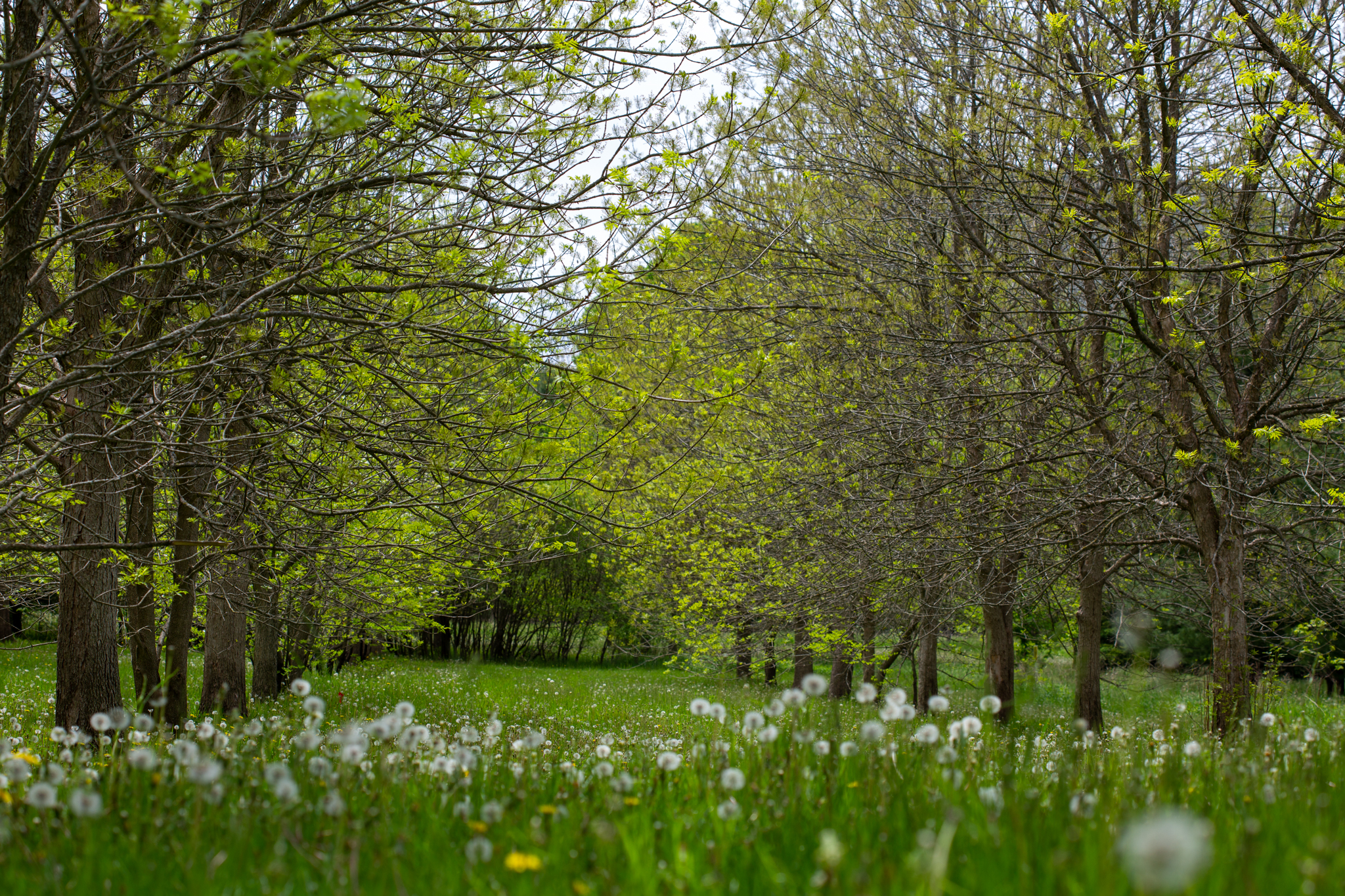Chris Earley
A Change for the Better: From Open Fields to Saving Trees
Chris Earley is the Arboretum’s interpretive biologist and has been working there for the past 30 years. He describes a conversation with Henry Kock, the Arboretum’s interpretive horticulturist, at the Cucumber Magnolia Gene Bank where he learned that the original population for one of the trees was destroyed, meaning the Arboretum’s Cucumber Magnolia was the only genetic survivor of that population. The importance of the Arboretum’s work is highlighted along with a reflection on how spaces can change drastically in a matter of decades.
Interview by Jingyi Long, HIST*3560 student, University of Guelph.
Listen to more stories:
The Wildlife Adventures of Byron
He Loved This Place
First Memory at the Nature Centre
Transcript
0:00 My name is Chris Earley and I am an Interpretive biologist and education coordinator here at the arboretum.
0:03 I’m in my 30th year of working here full time and I was a student volunteer before that during my undergrad.
0:11 So, what we’re looking at right now is the cucumber tree or cucumber magnolia section of the gene bank.
0:20 That’s part of the arboretum rare woody plant program.
0:23 So, one of the things that I remember about standing here with cucumber magnolias is working with Henry Cock, who was one of the first people to be working on this project and he was a super guy and very insightful and him telling me about cucumber magnolias and the fact that some of their population in the wild in Ontario is now gone, but we actually collected seed from that population before it was destroyed.
0:49 And that’s a really, that’s super meaningful that we still have the genetics of that population because in rehabilitation projects in that area, we can still bring trees back that have the same genetics.
1:01 And so learning that from Henry was really, it was a very special time to learn about, not just the fact that we’re saving trees, but we’re saving them in a really thoughtful way by thinking about their genetics.
1:14 And so it’s great that we were able to do that back in the seventies and now be able to show the fruits of all that labor by the actual fruits that are coming out on the trees.
1:24 It made me feel sad that there were trees that were endangered, but it made me feel a little bit empowered that the arboretum was doing something about it.
1:33 And that’s continuing today with the great horticultural staff that we have now that they’re still working on this project that, you know, becoming decades and decades old.
1:43 And that’s something that’s important for doing tree research.
1:47 It takes a long time because the trees take so long to grow and mature.
1:52 So it’s, you have to really look far into the future to see how something like this might, might be important when I was an undergrad here.
2:00 I mean, all of this was an open field.
2:02 So it’s, it’s amazing what, like in 3.5 decades, how you can change something for the better.
2:11 Very cool.


